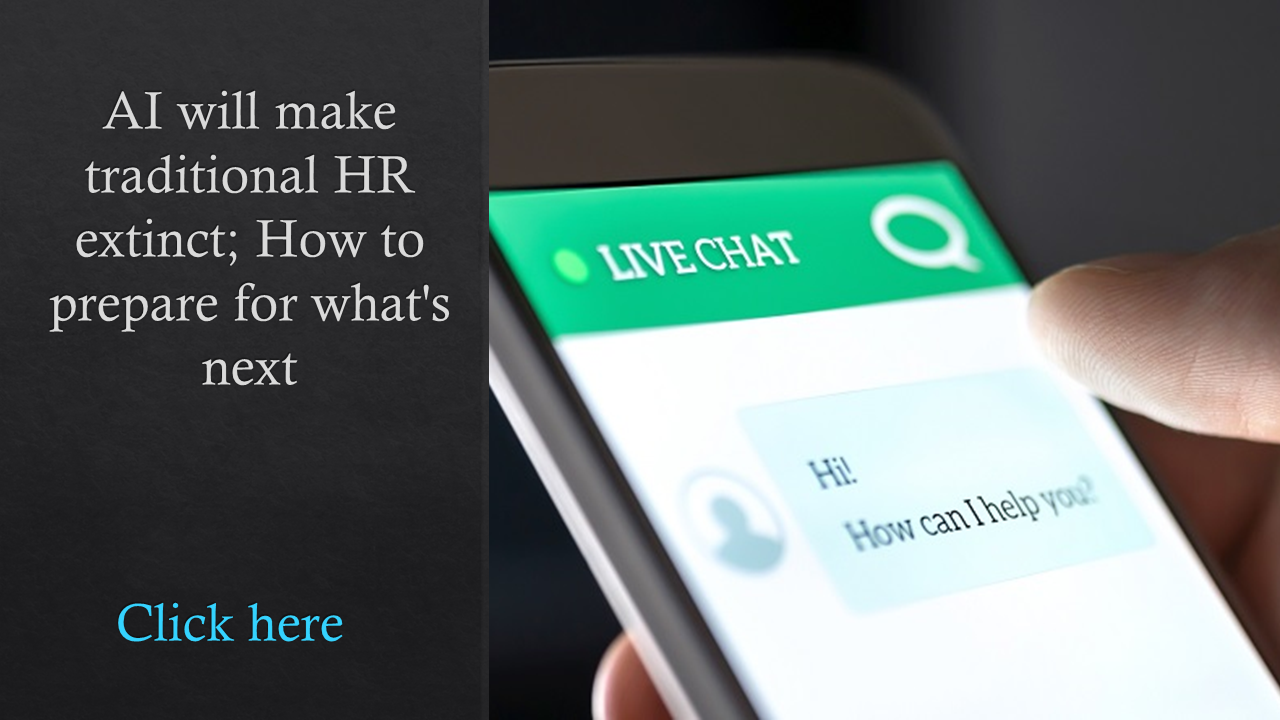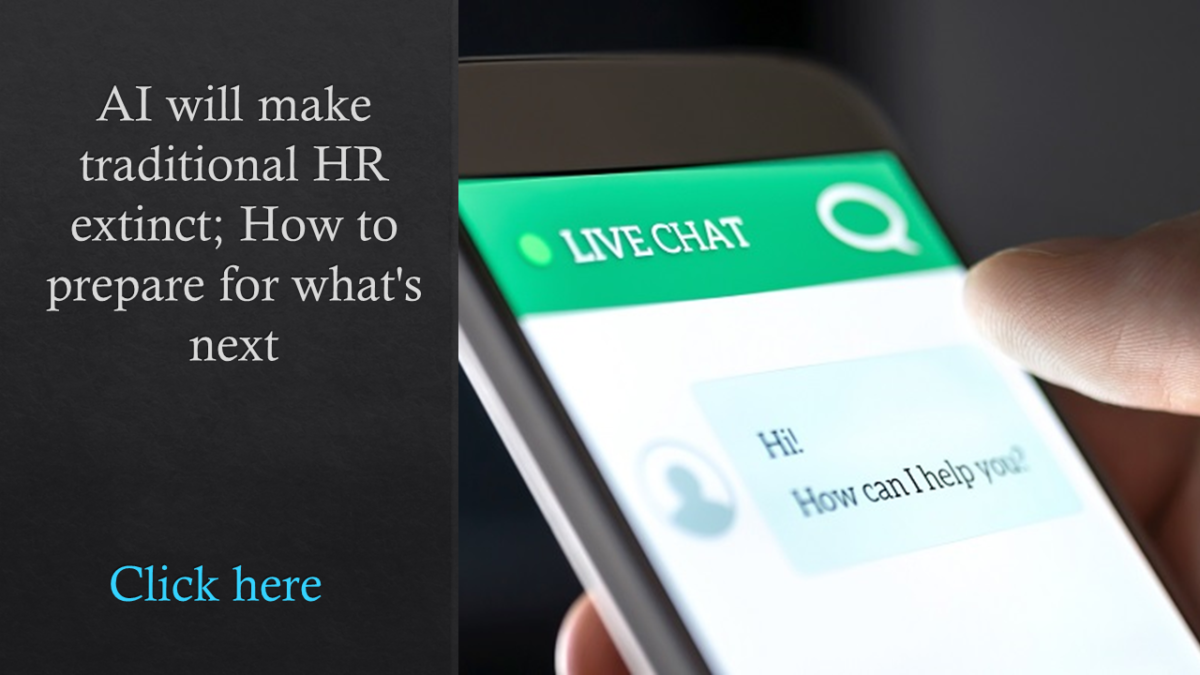Over the last year-and-a-half, organizations have drastically shifted their routine business models, strategies, policies and procedures in response to the global pandemic. Even now, organizations are continuing to make adjustments daily in order to propel their businesses forward. With all these changes, we’re at an inflection point where we’re determining what’s here to stay long-term and what was just a temporary solution, especially as businesses begin to resume some sense of normalcy and return to in-person settings.
Given recent traction of vaccine distribution combined with vaccine eligibility opening widely and new CDC guidelines being released on the types of activities fully vaccinated individuals can safely pursue, these changes are steering us towards a new “normal”—and business leaders are finding themselves in a position to adapt once again. Accordingly, here is what your business needs to know about keeping employees safe during this time of transition and as we move forward into a post-COVID workplace.
Determine What Return to Work Looks Like Operationally
Author Beth Ratliff
Like most things over the last 18 months, return to work will take some adjusting to, and it’s important for business leaders to objectively assess their businesses performance during this time. Evaluating what has worked well and what hasn’t in a remote environment, as well as what can improve and what will be most effective moving forward, will help ease the transition. From an operational standpoint, business leaders need to take into account how to introduce employees back to on-site work. Organizations need to lay out all potential options and select an approach that best aligns with business objectives while also factoring in employee needs.
For many employees, the last time they were in the office was over a year ago, and the processes and procedures they once knew will likely be changing to help ensure everyone’s safety. Common workplace activities such as business meetings, employee interactions and even lunch will look different. To ease this transition, leaders should develop an action plan to prioritize employee safety that is tailored to their specific workplace. Then, be sure to clearly inform staff of return-to-office processes and procedures, safety measures and preventative steps that can be taken to reduce risk of spreading illness. Organizations should also take into account that employee needs have changed, and flexible schedules may be more desirable. Leadership needs to consider what the business’ flexibility threshold is, lay out all options and determine an approach from there.
See also: 5 insights to help with workforce planning in the COVID age
Regardless of the plan organization leaders choose for their business and employees, it is important to provide significant lead time to allow for return-to-work readiness. For example, many of Premise Health’s clients have given their team members several month’s notice about the return to work so that they can secure childcare, transportation and housing (for those who are working remotely in a different part of the country). If some team members will continue working remotely, you will need to determine how you will handle Zoom meetings in this hybrid environment. Will everyone be on camera, even when gathered in a meeting room? Will you use individual laptop cameras or leverage conference room video technology? These are all important considerations that need to be pre-determined as employees come back on site, and they should be clearly communicated to teams.
Identify and Prioritize Initiatives That Employees Need
 As the transition continues to unfold in the workplace, it is important to focus attention on areas of your business that were difficult to grow and nurture in a pandemic environment, like culture and teambuilding. Leaders need to be mindful that there will be varied reactions to returning to work and should plan accordingly—some employees will want to celebrate, others will struggle with anxiety and the stress of settling into their new normal. Many Premise Health clients are anticipating the need for increased access to behavioral healthcare in order to navigate these stressors, and we have also seen our clients turning more focus to supporting their employees’ need to get caught up on their healthcare, as many have been reluctant to access care during the pandemic.
As the transition continues to unfold in the workplace, it is important to focus attention on areas of your business that were difficult to grow and nurture in a pandemic environment, like culture and teambuilding. Leaders need to be mindful that there will be varied reactions to returning to work and should plan accordingly—some employees will want to celebrate, others will struggle with anxiety and the stress of settling into their new normal. Many Premise Health clients are anticipating the need for increased access to behavioral healthcare in order to navigate these stressors, and we have also seen our clients turning more focus to supporting their employees’ need to get caught up on their healthcare, as many have been reluctant to access care during the pandemic.
As part of this return to the workplace, it’s important to keep in mind the new employees who have onboarded during the pandemic. Consider preparing targeted communications and events for these individuals to introduce them to the services and amenities offered on site, including health centers, pharmacies, fitness centers and other programs. Some businesses are planning open house events to remind employees of the benefits available to them, especially those with health and wellness programs.
Business leaders should also encourage safe, in-person interactions among colleagues, as this helps to create comradery in an organization and build culture. When remote work kicked off, many organizations began to host virtual social events for employees but, as time went on, these faded. With employees returning to the office, organizations should provide the same social aspects that had been in place to help employees reacclimate.
Additionally, organizations should consider some new COVID-safe initiatives to support organizational growth. Initiatives like professional development, trainings, workshops or mentorship opportunities should be increased and reset to prioritize safety for employees. Another consideration is asking employees what they want from the company in this return-to-work period. What will help them best to reacclimate? How has the pandemic impacted their growth, and what do they need to progress? Ultimately, it’s important to put new programs into place that allow employees the opportunity to see their feedback. With that top of mind, leaders need to ensure employee feedback is genuinely being put into action.
Supporting Organizational Growth is Key
The pandemic changed the way organizations operate and how employees work. Some organizations adapted well to the sudden pivots and changes that were necessary to keep operations moving, employees safe and content with new processes and procedures. Others are still working out best practices and adapting to ongoing shifts. Remain mindful of how employees feel about working from home and continue considering different office set-ups with employees front of mind.
Related: This type of skill will be essential in the future of work
When returning to the office, leaders should continuously support employees, both from a professional and personal vantage point, to help foster a successful and cohesive work environment. The COVID-19 pandemic has placed new demands on both employees and business leaders and created unpredictable shifts that caused teams to adjust and move forward during uncertain times. Remaining flexible as things begin to return to a sense of normalcy will help propel organizational growth. What’s most important is prioritizing the health and safety of your employees and, in doing so, you’ll create the best strategy for everyone involved.
